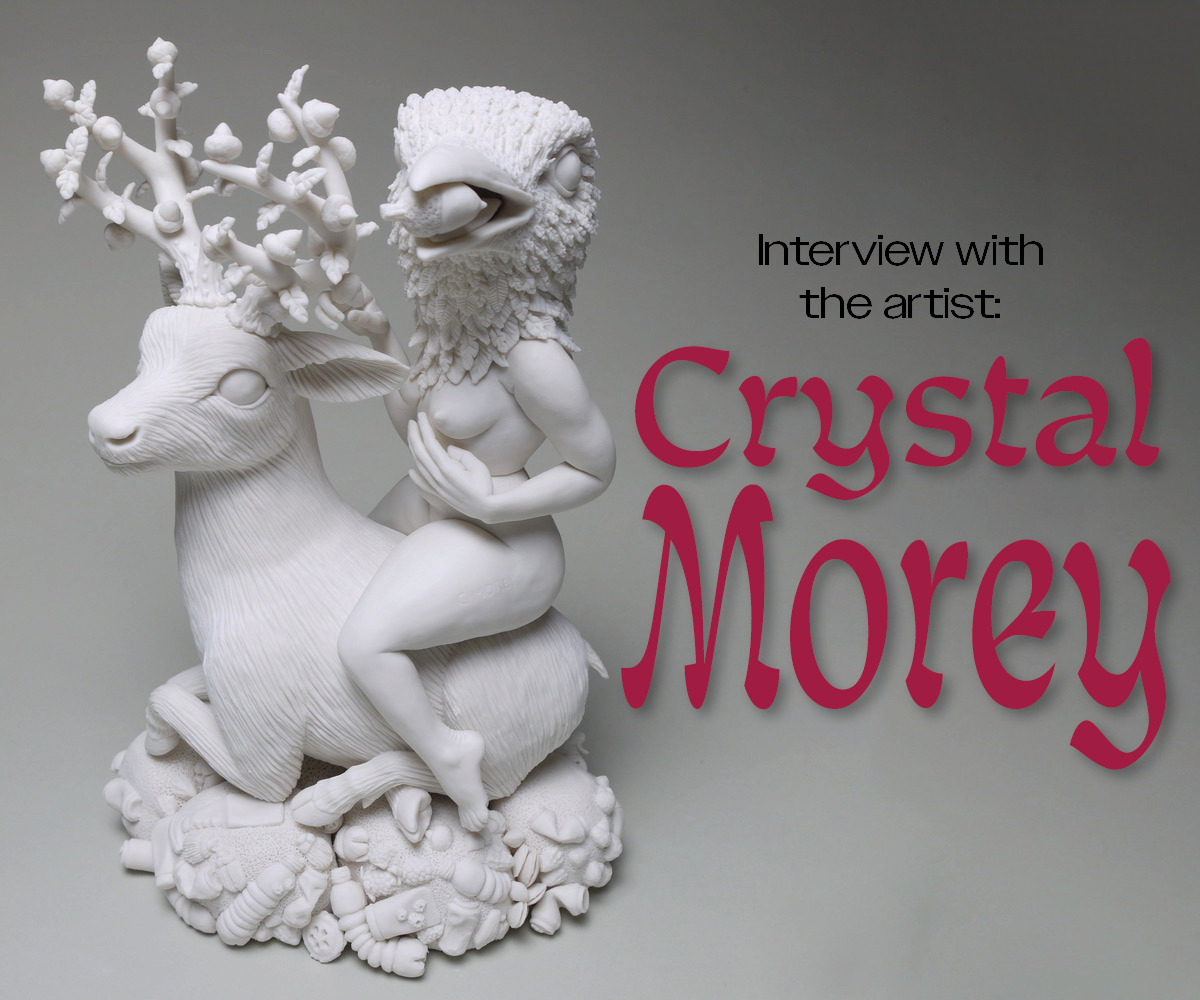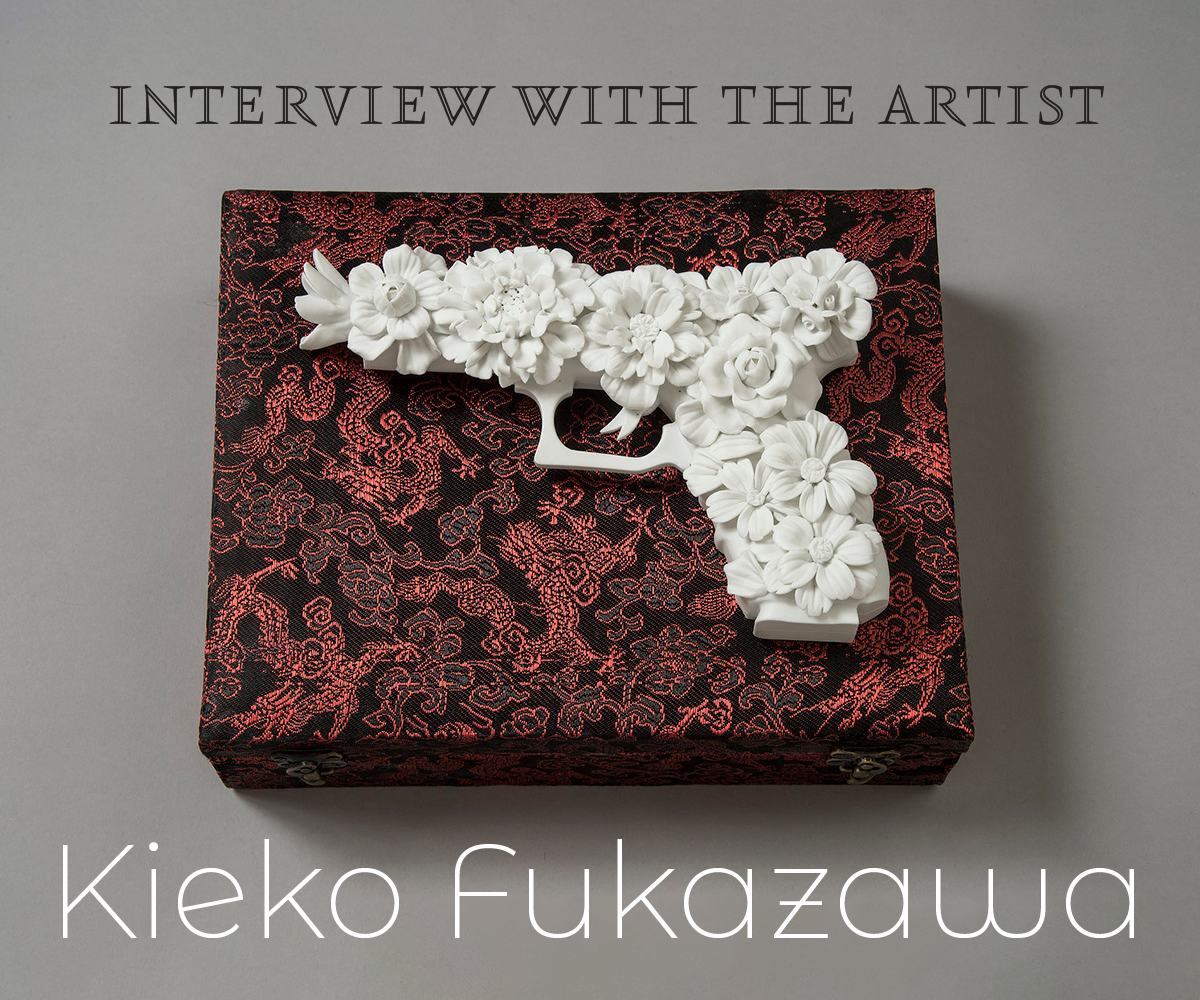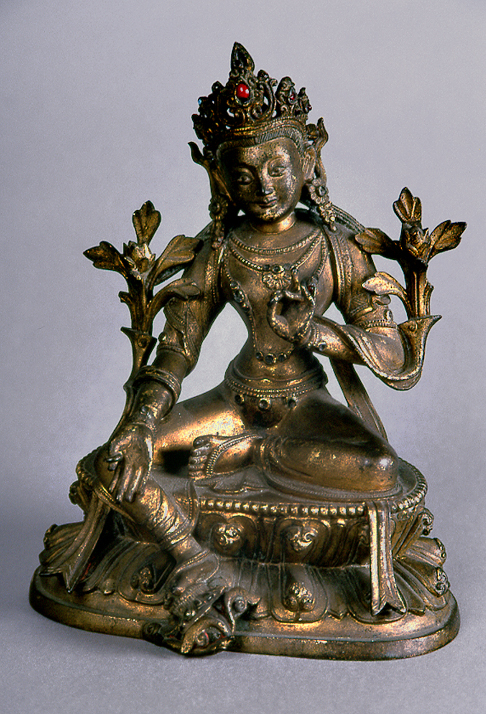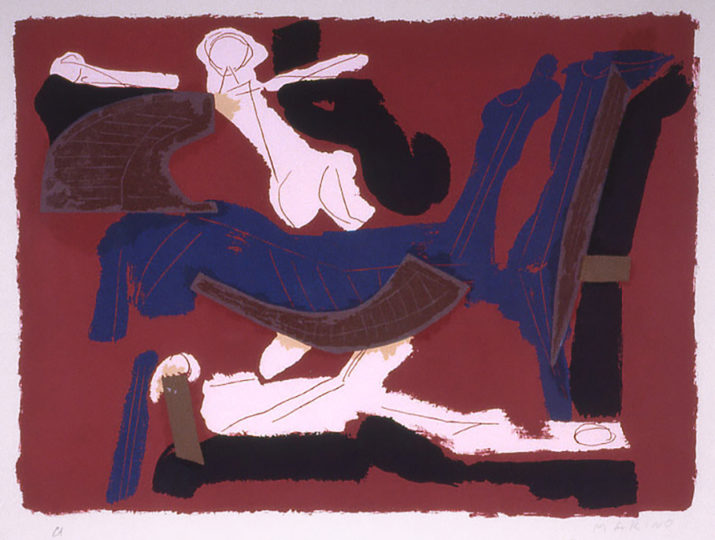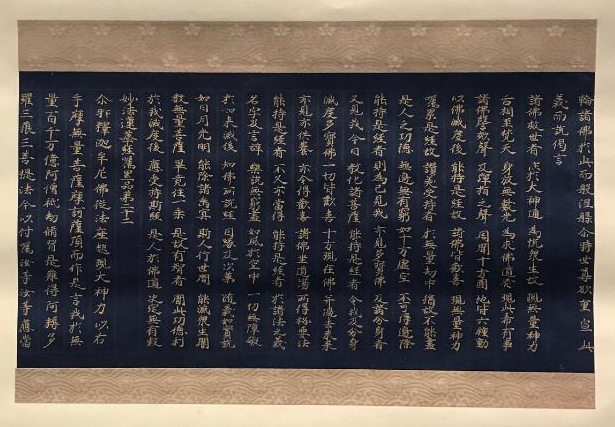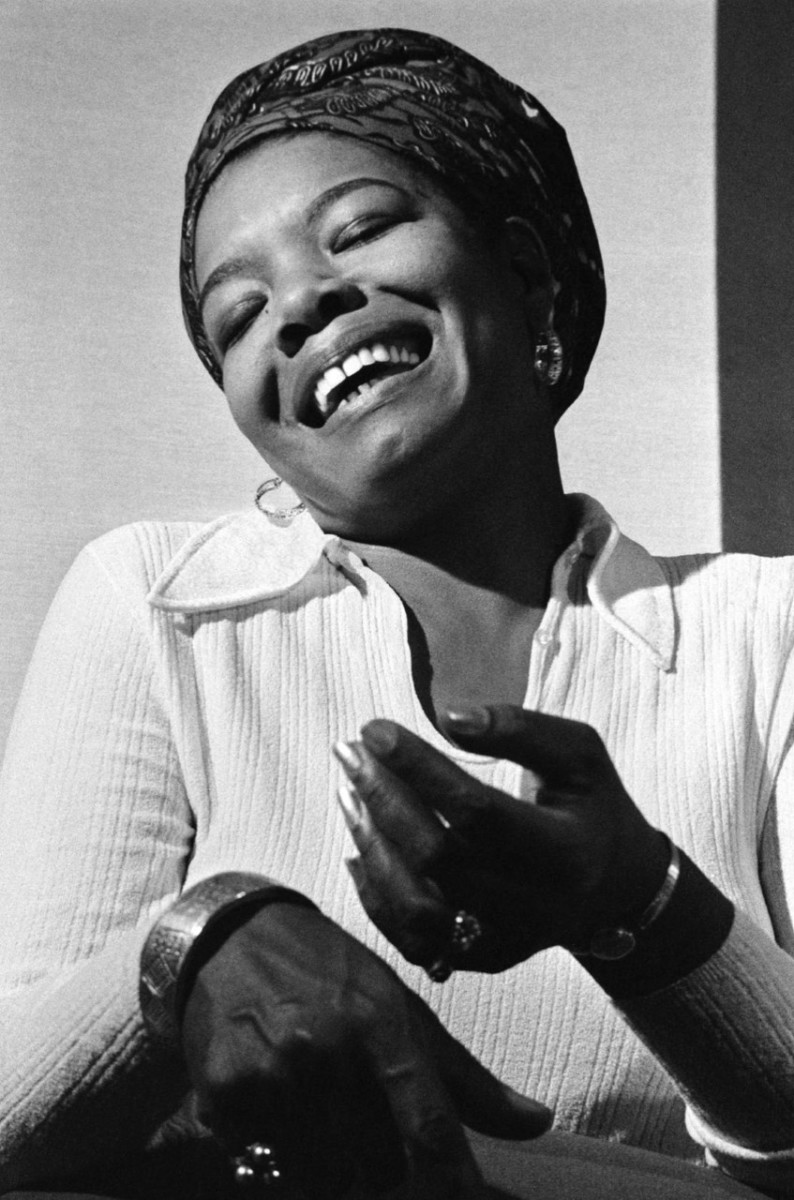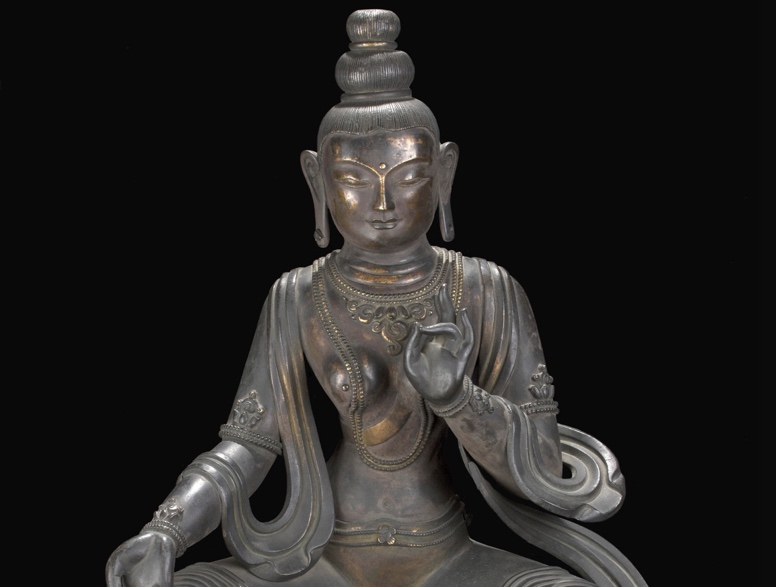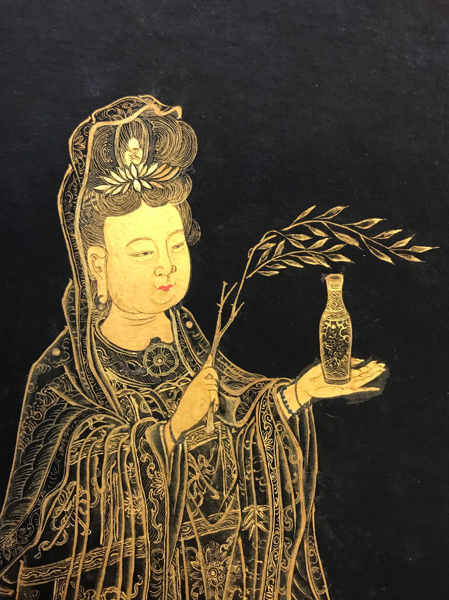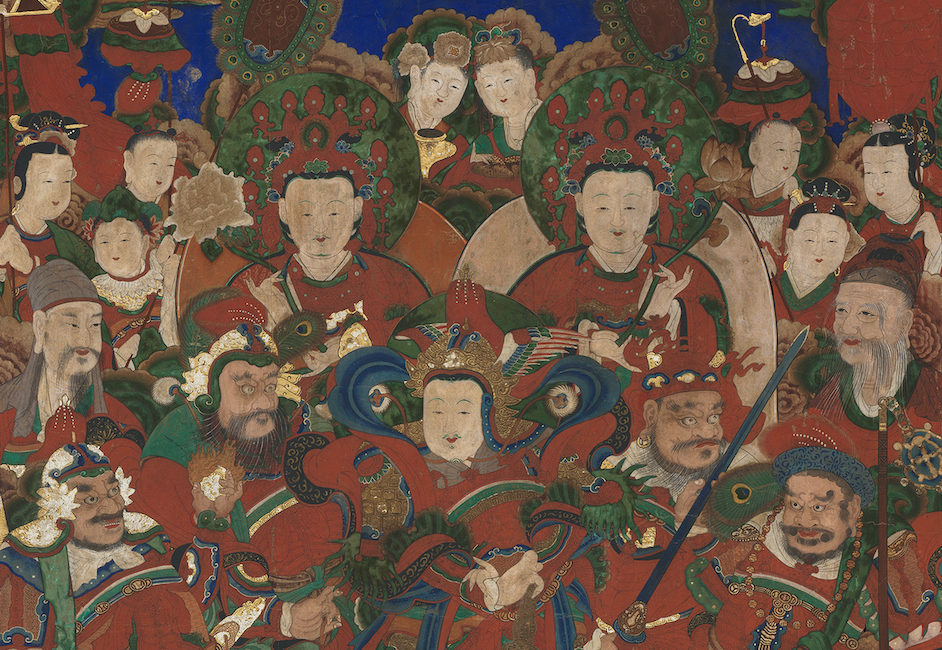Collection Highlights
Replanting: Seeds of Change | Cecelia Blum ’24 Interviews Artist Crystal Morey
Crystal Morey’s latest series, RePlanting, features porcelain sculptures that explore the interconnection and precarious balance between humans, flora, and fauna. While her work focuses on weighty topics, such as endangered species and climate change, her pieces are imbued with whimsy and hope for a more consciously interconnected future. Morey’s sculpture, Scrub Jay and Deer, was […]
Read MoreThe Power of Porcelain | Cecelia Blum ’24 Interviews Artist Kieko Fukazawa
Banner designed by Cecelia Blum SC ’24 Kieko Fukazawa uses clay to fuse ancient craftsmanship with contemporary commentary. Her recent series, Peacemaker, uses delicate porcelain to pay homage to the many victims of senseless gun violence in the United States. In this interview, she shares her thoughts on the universality of social issues, her upbringing […]
Read MoreConduit Between Artist and Audience: An Experience with Jenny He
As you enter the Academy Museum of Motion Pictures, to your left, you will find the Spielberg Family Gallery, home to the first room within the Stories of Cinema, an ongoing exhibition that spans the first three floors of the museum. Here, museum-goers are invited to view a multi-channel […]
Read MoreTara: A Powerful Feminine Force
The presence of Tara in the Buddhist pantheon over the centuries, both as a bodhisattva and as a female buddha, has offered a sense of inclusivity to many female practitioners.
Read MoreHighlights of the Collection, Oliveira, Everts, and Marini
These artists employ the recurring motif of bodily distortion to express postwar trauma.
Read MoreGilded Dharma: A Japanese Lotus Sutra
These sutra fragments are so sacred and artistically refined that they often rank among the most highly treasured objects in temple, museum, and private collections.
Read MoreMaya Angelou Joins Our Samella Lewis Contemporary Art Collection
In 2007, Gabrielle Jungels-Winkler Director of the Ruth Chandler Williamson Gallery, Mary MacNaughton ’70, artist Alison Saar ’78, and Professor Emerita Susan Rankaitis, created the Samella Lewis Contemporary Art Collection. The collection was formed in honor of Dr. Lewis’ seminal career as an esteemed artist, curator and art historian, visionary museum founder, and celebrated […]
Read MoreWisdom, Compassion and Wrath: The Many Faces of Female Buddhist Deities
For over two millennia, Buddhist practitioners have aspired to liberate themselves and all other living beings from the suffering of saṃsāra—a Sanskrit term which refers to the never-ending cycle of death and rebirth endured by all inhabitants of the six Buddhist realms of existence. In order to transcend saṃsāra, Buddhists strive to rid themselves of […]
Read MoreGuanyin and the Filial Parrot
The scene depicted in this exquisitely rendered painting illustrates the Chinese Buddhist legend of a parrot that became a disciple of Guanyin.
Read MoreDefending the Dharma: Buddhist Guardian Paintings
When the Korean government turned against Buddhism, Korean Buddhists found creative ways to continue their practice, often incorporating new imagery and deities.
Read More

